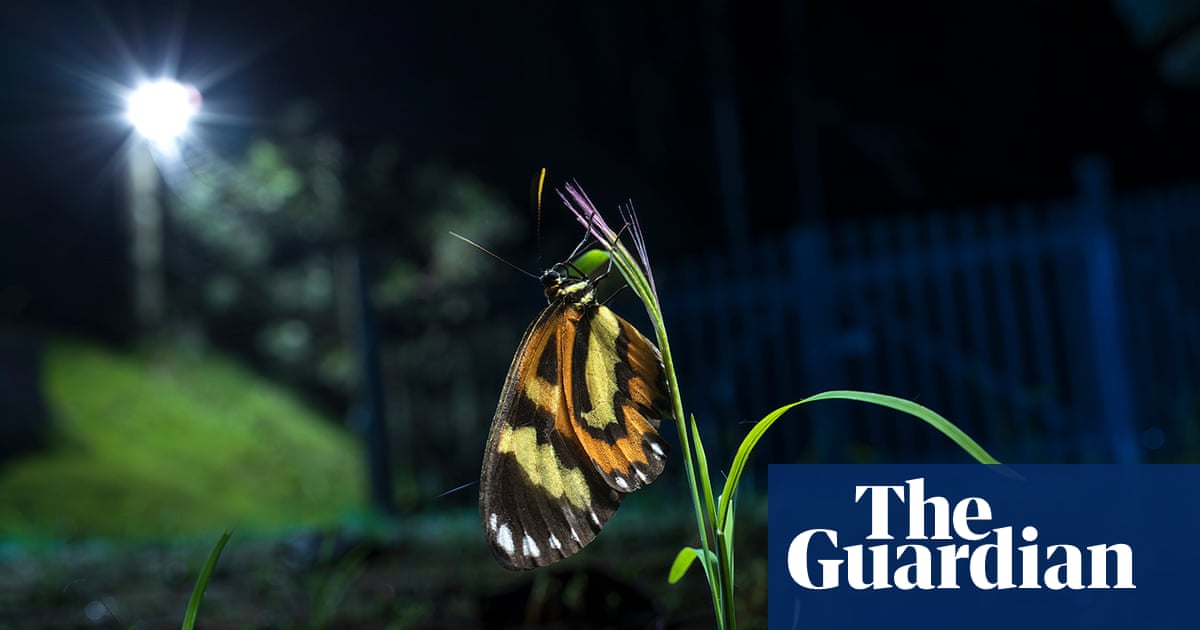
"Whether dazzlingly red, deep green or ghostly pale, the richness of a tropical forest provides butterflies with a diversity of habitats in which to communicate, camouflage and reproduce. As humans replace tropical forests with environments such as eucalyptus monocultures, however, those requirements are changing. In a plantation, the ecological backdrop is stripped bare and drab species do better. Being bland like your surroundings becomes an advantage."
"You feel alive in the tropical forest, everything is wild you never know what you are going to find, says Garcia-Roa. When you arrive at a eucalyptus plantation it's very frustrating you can feel that things are not happening as they should be in a natural ecosystem. Animals are not around, and sounds are not as they should be. Eucalyptus plantations, such as this one in Espirito Santo, Brazil, are warmer, drier and flooded with direct light, compared with cooler, humid mature forests"
Human-driven replacement of rich tropical forests with monocultures such as eucalyptus plantations is reducing the colour diversity of habitats. Butterflies rely on bright wing colours for mate attraction, camouflage, and signaling across diverse microhabitats; in simplified, warmer, drier, high-light plantations drab species perform better. Observations in Brazilian eucalyptus plantations show fewer colorful butterflies, altered animal presence and soundscapes, and environmental conditions that favor muted coloration. The process of habitat loss and homogenization thus contributes to discoloration of the natural world, with ecological and evolutionary consequences for communication, survival and biodiversity.
Read at www.theguardian.com
Unable to calculate read time
Collection
[
|
...
]